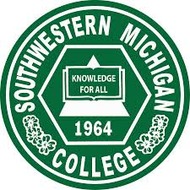
(View Complete Item Description)
Open Music Theory is an open-source, interactive, online “text”book for college-level music theory courses. This textbook is meant to support active student engagement with music in the theory classroom. That means that this text is meant to take a back seat to student music making (and breaking). It is not the center of the course. The three original authors use this textbook in the context of “inverted” or “flipped” courses, often following an inquiry-based model. As a result, most of the pages in this textbook do not read like a typical twentieth-century textbook. They are somewhere in between prosy lecture notes and reference material, with minimal graphical or audio examples. Also, unlike many resources for “flipped” classes, there are few resources in this textbook where the core information is presented in video. We made these decisions consciously, so that this would not simply be a multimedia, web-based version of an industrial-era textbook. Rather, we wanted to create a textbook that could serve as a quick reference in the context of active musical engagement.
Material Type:
Full Course,
Textbook
Authors:
Brian Moseley,
Bryn Hughes,
Kris Shaffer




















